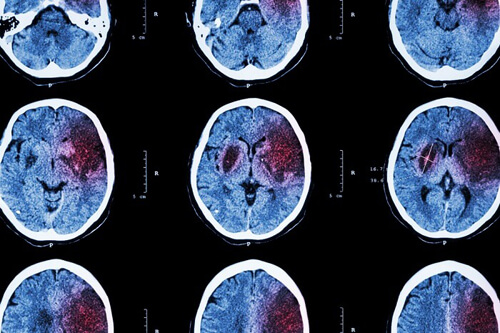High blood pressure, diabetes, smoking, and drug abuse are all factors that increase the likelihood of having a stroke. Cardiovascular and kidney disease as well as coronary artery disease also raise that risk.
Doctors have been telling us this for years, but it appears we aren’t listening. Neurologists reviewed the medical records of more than 900,000 patients admitted to US hospitals for stroke between 2004 and 2014. Of that group, 92% presented with at least one of those risk factors.
“An estimated 80 percent of all first strokes are due to risk factors that can be changed — such as high blood pressure — and many efforts have been made to prevent, screen for and treat these risk factors,” neurologist Dr. Fadar Oliver Otite of the University of Miami Miller School of Medicine, the study’s main author, said in an interview with National Public Radio. “Yet we saw a widespread increase in the number of stroke patients with one or more risk factors.”
The study, published in the journal Neurology in October, offered a gloomy assessment of the state of stroke prevention: more patients reported more risk factors, and more young and middle-aged people seem to be at risk. While rates of death from stroke decreased by almost 30% during the years studied, stroke remains the second most common cause of death from cardiovascular disease, according to the American Heart Association.
So even as the risk of dying from a stroke is decreasing thanks to better care and treatment, the risk of having one may be on the rise.
Lowering risk factors
Fortunately, the risk factors for stroke are well-known and most can be addressed with diet and lifestyle changes. The single biggest risk factor, diabetes, is linked to all the others; proper medication, blood sugar monitoring, changes in diet, and following the advice of your doctor can go a long way toward lowering your risk of stroke.
Learn more about stroke risk and preventing a stroke and see our prior post: Know stroke signs, use wellness programs to lower stroke risk factors.
If you are a Member of Total Care Wellness, our certified wellness coaches can help. They’ll work with you to create a custom plan for diet and exercise. Additionally, you can login to your Total Care Wellness Portal for articles, tools and videos.

